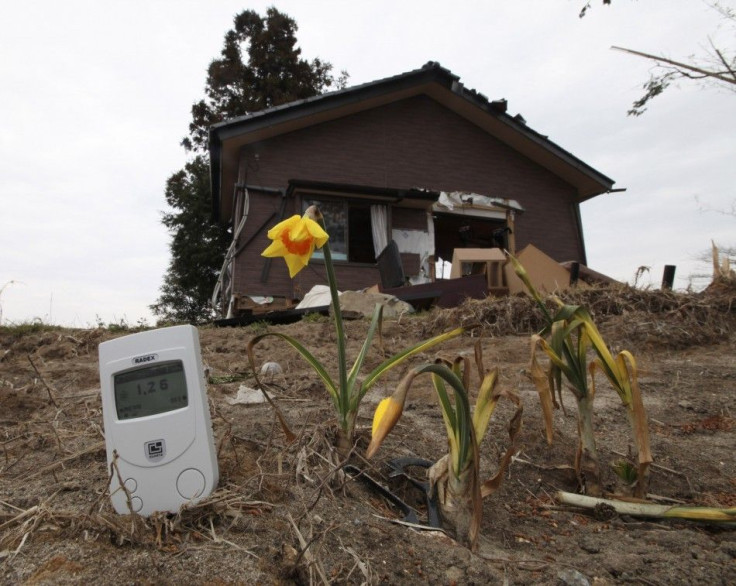Radiation in Japan Soil Outside Nuclear Evacuation Zone Prompts Evacuation of Fukushima City

A survey of four locations in Fukushima city, outside the nuclear evacuation zone, has showed soil radiation above levels that has prompted evacuation of pregnant women and children from the city.
The Fukushima Network for Saving Children from Radiation and five other non-governmental organizations on Tuesday said that radiation level in soil exceeded Japan’s legal limit of 10,000 becquerels per kilogram (4,500 per pound).
“The highest level was 46,540 becquerels per kilogram, and the three other readings were between 16,290 and 19,220 becquerels per kilogram,” they said.
Soil contamination is spreading in the city. Children are playing with the soil, meaning they are playing with high levels of radioactive substances. Evacuation must be conducted as soon as possible, Tomoya Yamauchi, radiation expert professor at Kobe University, who conducted the survey, said in a statement.
According to investigators, the data is comparatively much higher than the readings recorded in Ukraine following the 1986 Chernobyl nuclear disaster that forced evacuation of the city of Prypiat across a radius of 48 kilometers.
About 50,000 Pripyat residents had to flee to escape harmful radiation from the explosion of Chernobyl reactor No. 4, which contaminated a large part of Northern Europe, including Belarus and Russia, they said.
Tokyo Electric Power Company (TEPCO)'s Fukushima Daiichi nuclear power plant in Fukushima prefecture, Japan, was devastated by Tsunami waves in March, and has been spewing radiation in water, air and soil, threatening lives of many.
Recently, more than three millisieverts of radiation was measured in the urine of 15 residents living within a radius of 30 to 40 kilometers from Fukushima reactor No. 1.
© Copyright IBTimes 2024. All rights reserved.











